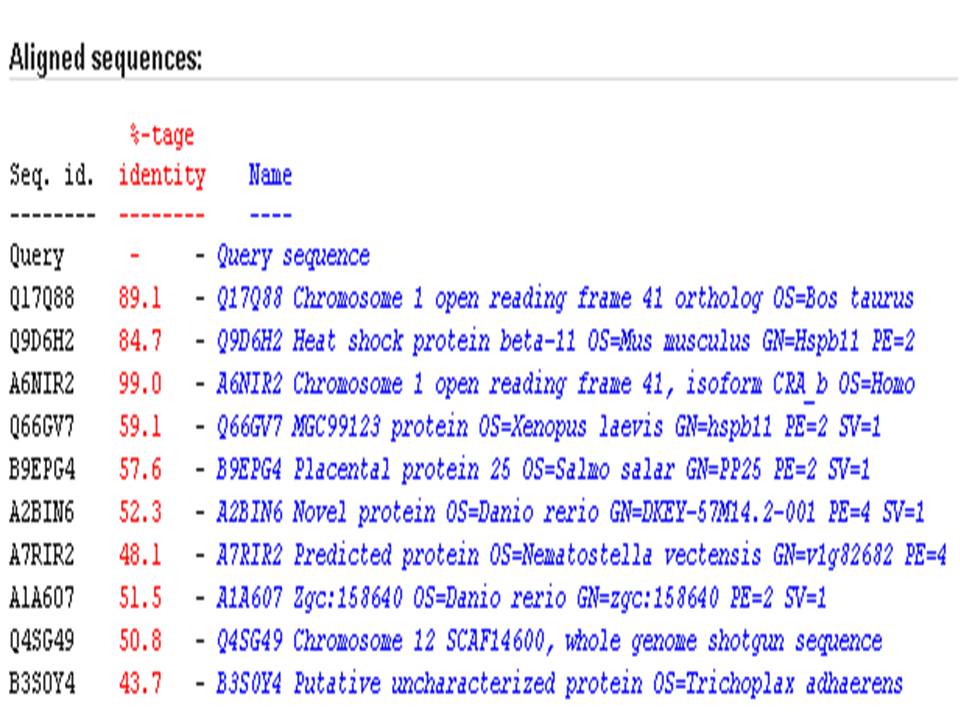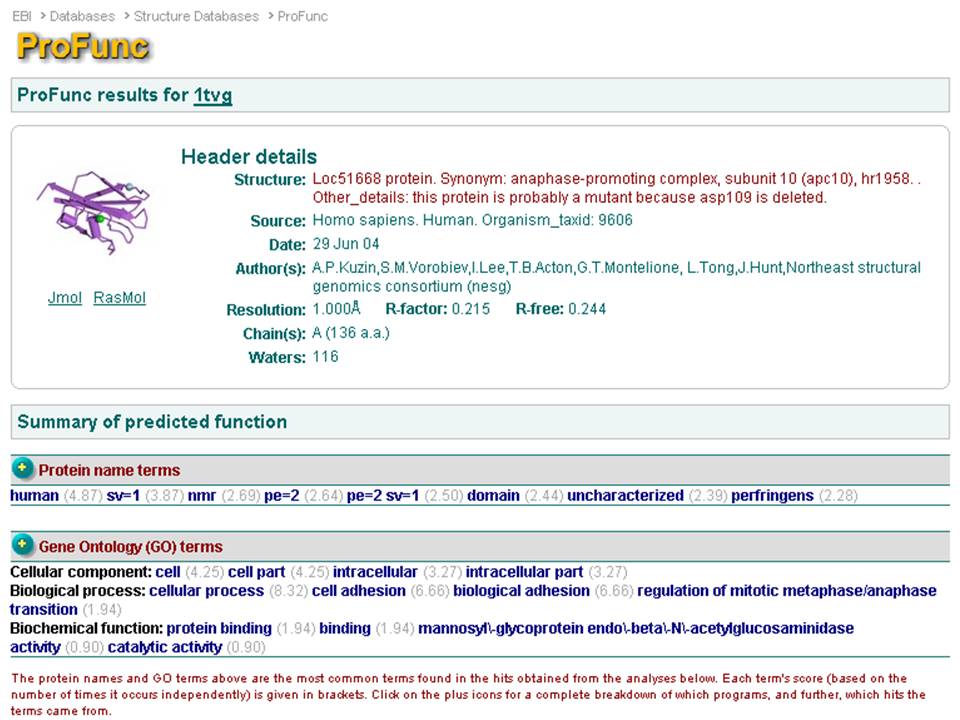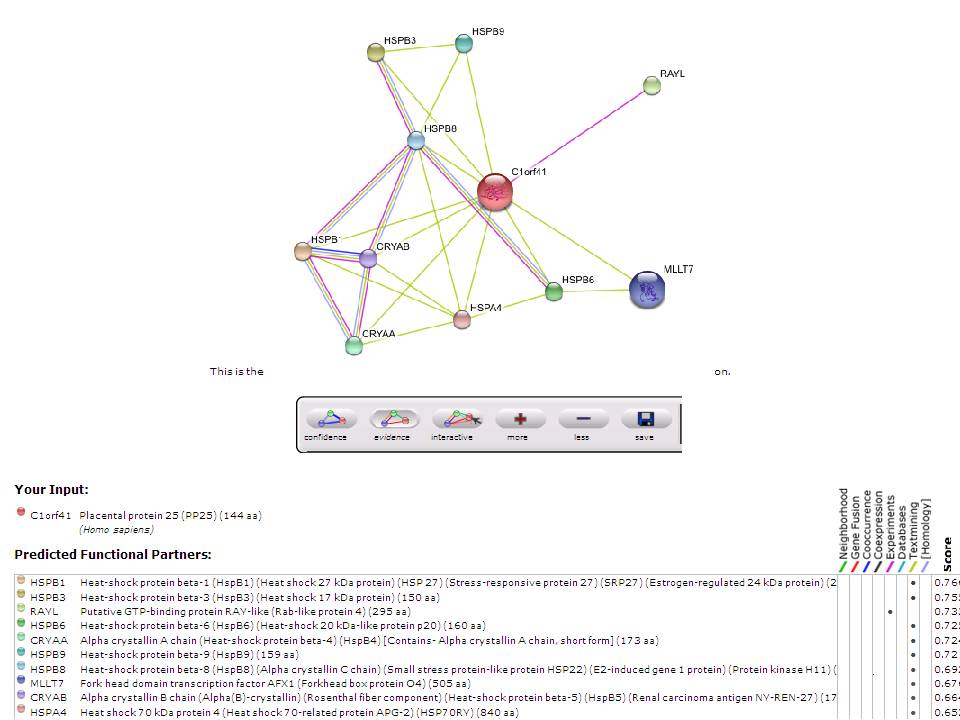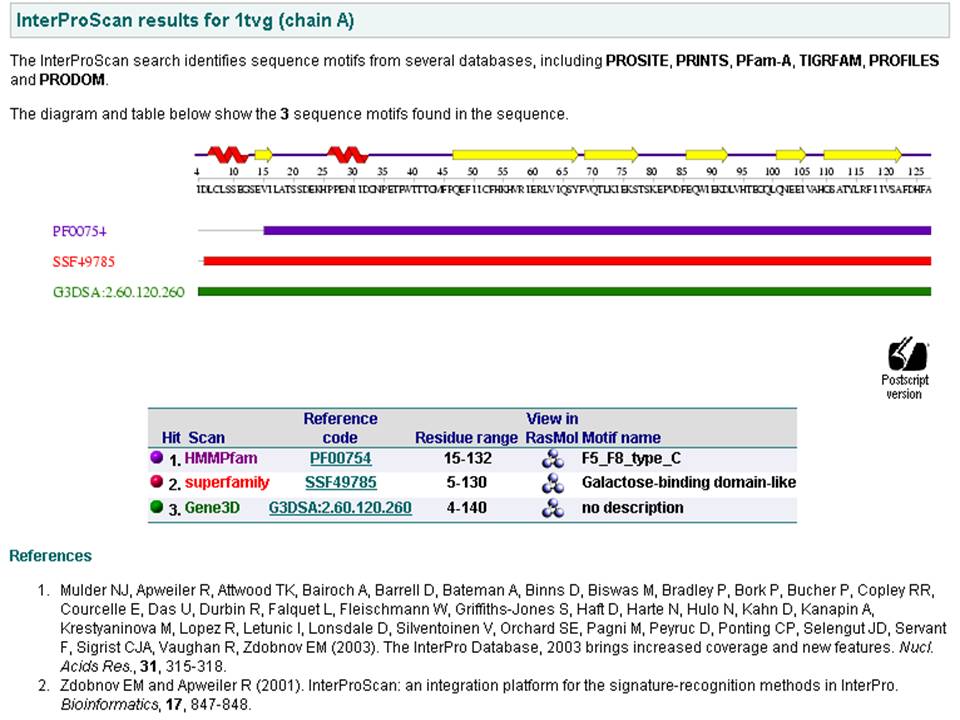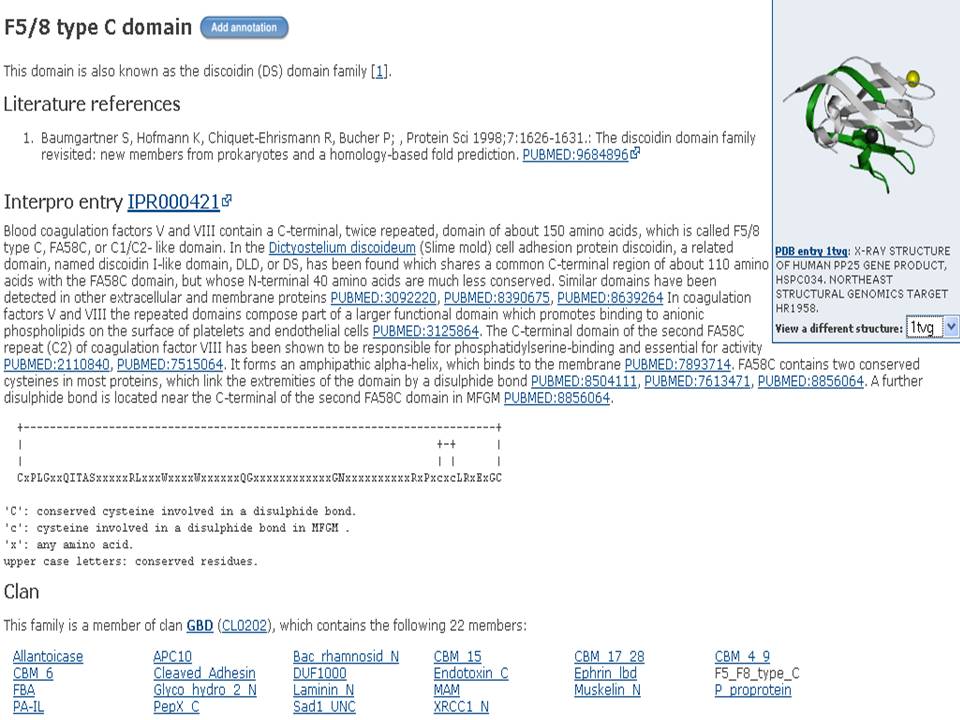Chromosome 1 open reading frame 41 Function
Small Heat Shock Protein
Based on BLAST result, our protein target (human 1tvg) showed the best similarity and homology with small heat shock protein (human hspf; NP_057210.2). Thus, they may have a similar function. According to Bellyei et al. (2006), small hsp known to have chaperone function to prevent protein aggregation induced by thermal and chemical stress. Small hsp is considered as ATP-independent chaperons. It does not involves in regulating protein folding. However, under cellular stress it will prevent aggregation and precipitation of protein by interact with and stabilize the targeted protein. sHsp monomer have mass of between 12-43 kDa and create oligomeric structures of 12-24 subunits (some even up to 50 units).
Some articles about HSPB11 suggest that small heat shock protein play a role in development of cancer. Small hsp has anti apoptotic activity which if oer expressed lead to tumor growth and resistance to chemo or radiotheraphy (Bellyei et al, 2006; Pozsgai et al, 2007). The anti apoptotic effect of hsp is mediated by the activation of Hsp90 (which Hsp 16.2 binds with) and by the activation of PI-3 kinase-Akt pathway. Pozsgai et al (2007) research data suggest that there is correlation between the progressive cytolasmic of small hsp and brain tumor malignancy.
The result of Blast search vs UniProt showed that 1tvg has the highest percentage identity (99 %)to chromosome 1 open reading frame 41, isoform CRA_b of Homo sapiens.
STRING result: Predicted protein-protein interaction
Based on Pfam result, the domain of our protein target (1tvg) is F5/8 (discoidin). Discoidin is blood coagulation factor V and VIII which contain in C terminal.
